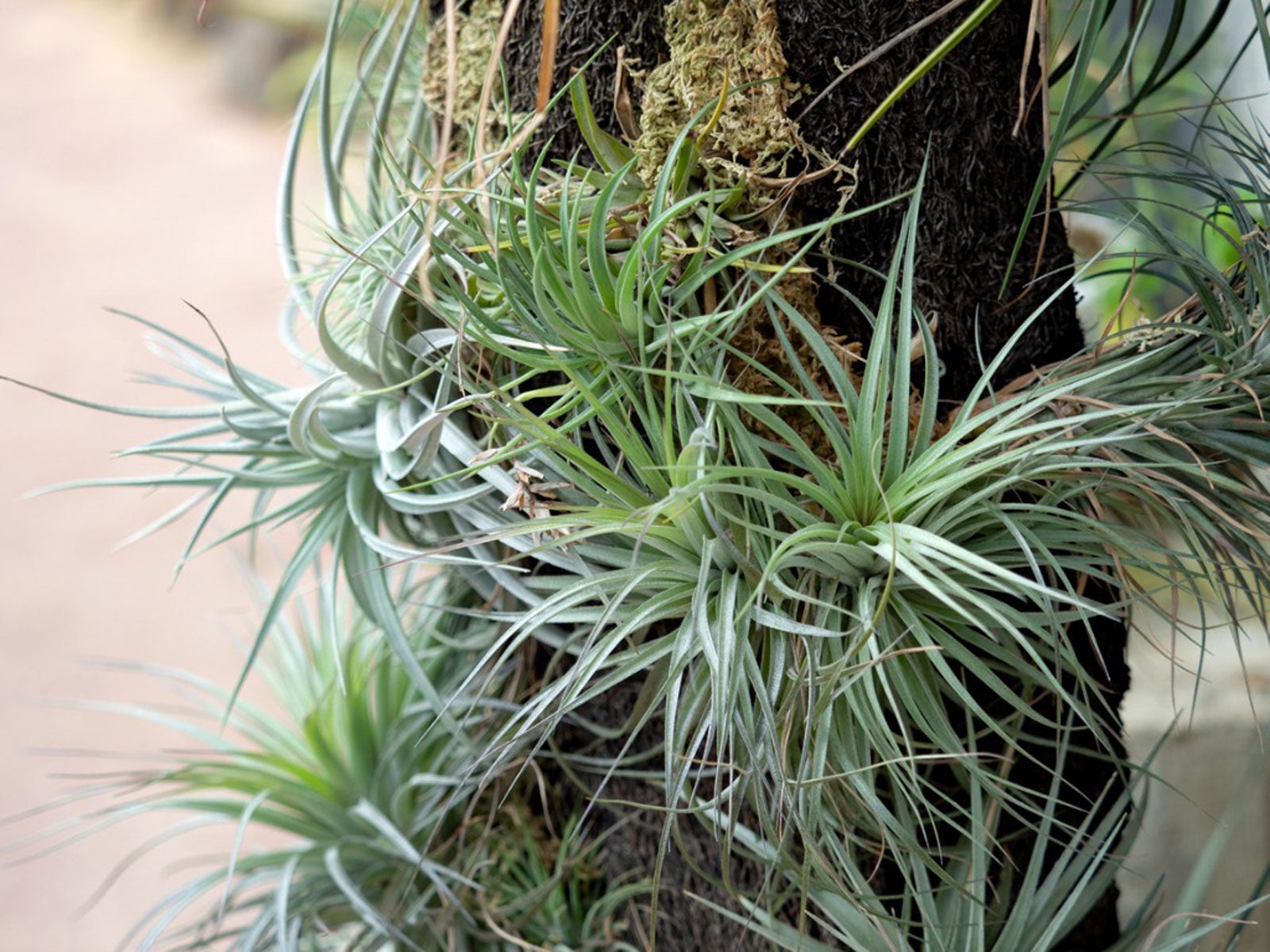Air Plant Propagation: What To Do With Air Plant Pups


Air plants are truly unique additions to your indoor container garden, or if you have a tropical climate, your outdoor garden. Caring for an air plant may seem daunting, but they are actually very low maintenance. Once you understand methods for propagating air plants, your air garden can continue for years.
How Do Air Plants Reproduce?
Air plants, which belong to the genus Tillandsia, reproduce like other flowering plants. They produce flowers, which leads to pollination, and the production of seeds. Air plants also produce offsets-- new, smaller plants that are known as pups.
Air plant pups will form even if the plant has not been pollinated. Without pollination though, there will be no seeds. In the wild birds, bats, insects, and wind pollinate air plants. Some species can self-pollinate, while others require cross pollination with other plants.
Air Plant Propagation
Depending on the species of Tillandsia you grow, your plants may cross or self-pollinate. More likely, you will simply get flowering followed by a batch of between two and eight pups. These will look just like the mother plant, only smaller. Many species bloom just once in their lives, but you can take the pups and propagate them to create new plants.
When air plant pups are between one-third and one-half the size of the mother plant, it’s safe to remove them. Simply separate them, water, and find a new place for the pups to grow into full sized air plants.
If you prefer to keep them together, you can leave the pups in place and get a cluster growing. If your species only flowers once, though, the mother plant will soon die and need to be removed.
If your air plant isn’t happy and is not getting the right growing conditions, it may not produce flowers or pups. Make sure it gets plenty of indirect light and humidity. Keep it warm but away from heaters or vents.
Gardening tips, videos, info and more delivered right to your inbox!
Sign up for the Gardening Know How newsletter today and receive a free copy of our e-book "How to Grow Delicious Tomatoes".
Under these simple conditions, you should be able to propagate your air plants.

Mary Ellen Ellis has been gardening for over 20 years. With degrees in Chemistry and Biology, Mary Ellen's specialties are flowers, native plants, and herbs.
-
 Looking For Plants To Give You The Soft And Fuzzies? Try These 5 Fuzzy Leaf Plant Options
Looking For Plants To Give You The Soft And Fuzzies? Try These 5 Fuzzy Leaf Plant OptionsLovers of texture, drama, silver foliage and tactile plants will adore these special sensory garden additions. These fuzzy leaf plant options will leave you all aglow
By Susan Albert
-
 Get Ready For A Summer Of Hummers! Grow These Full Sun Hummingbird Plants and Flowers
Get Ready For A Summer Of Hummers! Grow These Full Sun Hummingbird Plants and FlowersIf you’re lucky enough to enjoy a sunny backyard, make sure you are maxing out on your pollinator opportunities and grow these full sun hummingbird plants and flowers
By Tonya Barnett